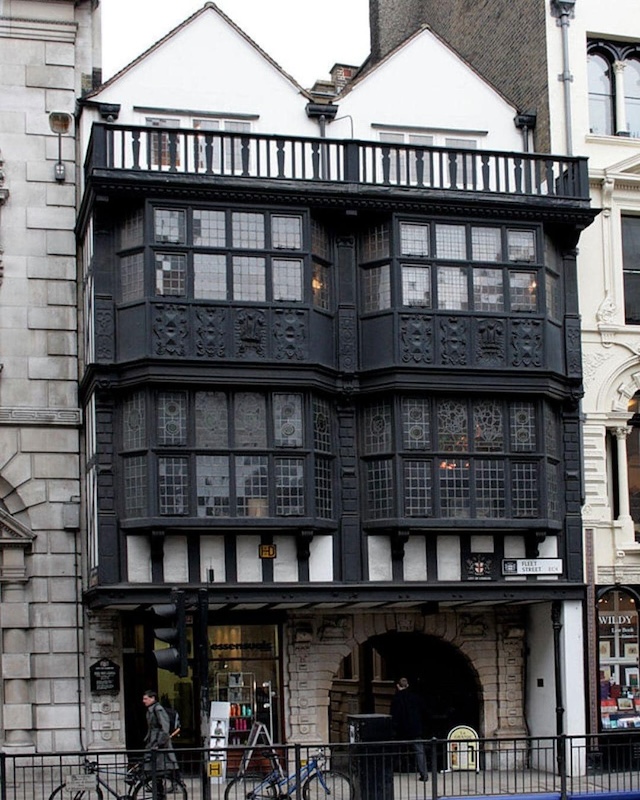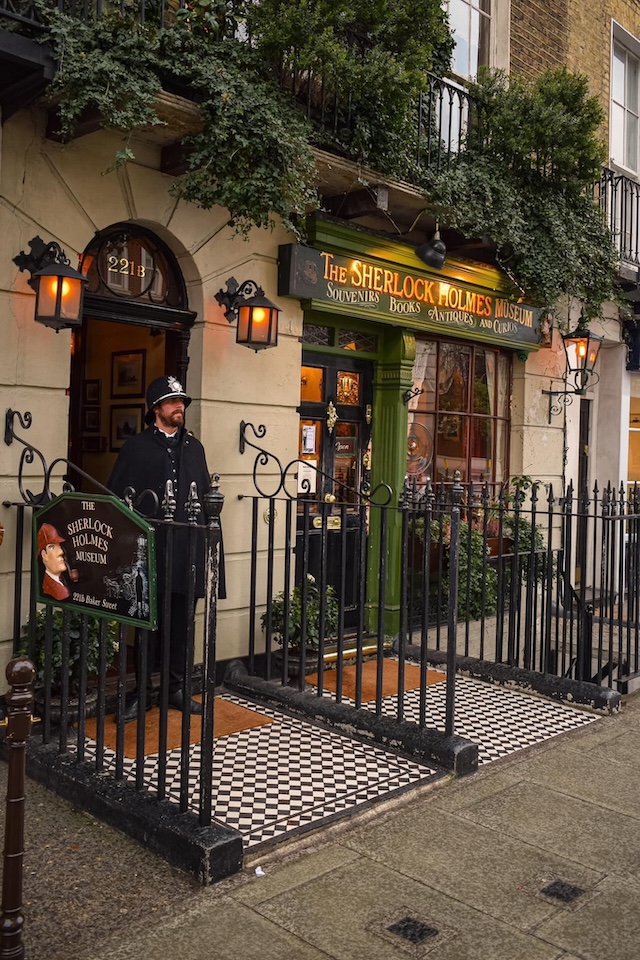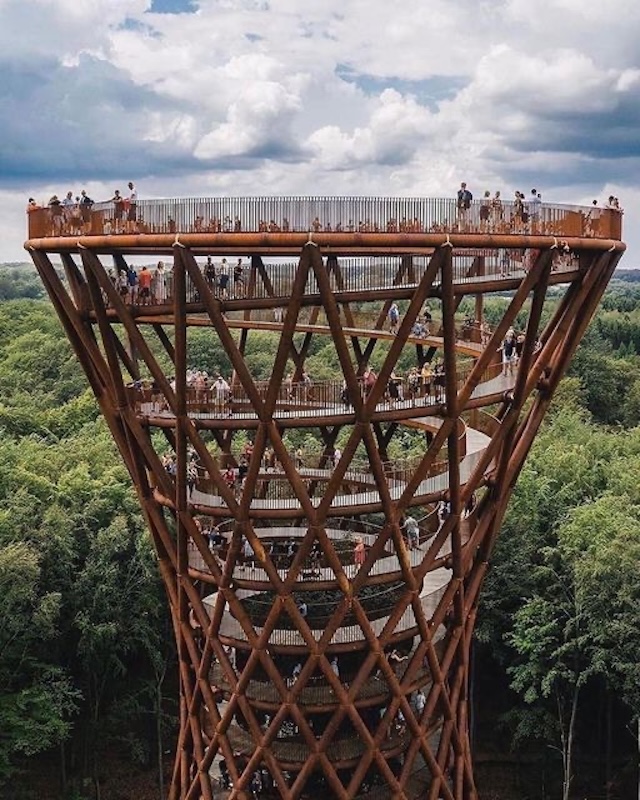The Pantheon stands as one of the most remarkable examples of Roman architectural excellence. Originally built as a temple dedicated to all the gods, this ancient structure has withstood the test of time, captivating the imaginations of architects, historians, and visitors alike for nearly two millennia. Combining intricate design, innovative engineering, and enduring influence, the Pantheon remains a symbol of the ingenuity and craftsmanship that defined the Roman Empire.
The Architectural Marvel of the Pantheon
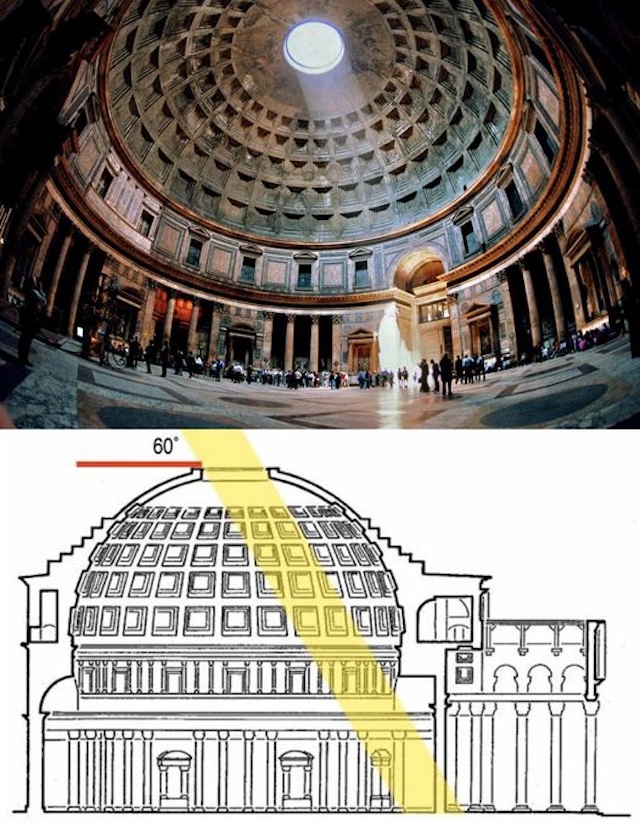
The Pantheon is renowned for its architectural brilliance, particularly its massive dome, which was an unprecedented engineering feat at the time of its construction. The dome, which remains the largest unreinforced concrete dome in the world, measures 43.3 meters in diameter—the same as its height from floor to oculus, creating a perfect sphere. The oculus, a 9-meter wide opening at the center of the dome, serves as the building’s only source of natural light, casting an ever-changing circle of sunlight across the interior space throughout the day.
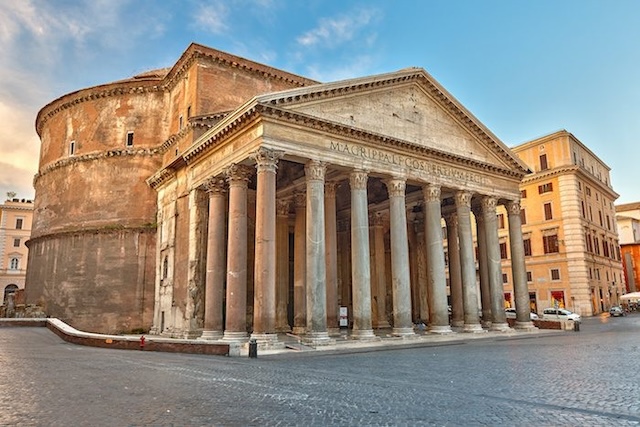
The perfection of the Pantheon’s design extends to its portico, with its grand Corinthian columns, and its vast interior, which was meticulously proportioned to convey a sense of harmony and balance. The use of different materials, from the heavy concrete in the lower sections to lighter pumice stone in the upper dome, illustrates the Romans’ deep understanding of weight distribution and structural integrity.
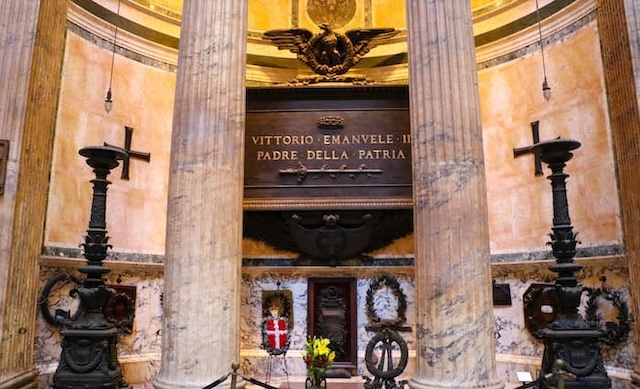
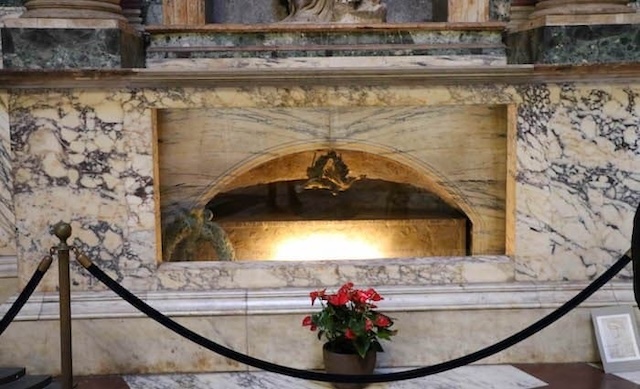
A Symbol of Roman Ingenuity
The Pantheon is not just a building; it is a testament to Roman innovation and ambition. Originally commissioned by Marcus Agrippa during the reign of Augustus and later rebuilt by Emperor Hadrian around 126 AD, the Pantheon was designed to celebrate the gods of Ancient Rome. The building’s inscription, “M·AGRIPPA·L·F·COS·TERTIUM·FECIT,” pays homage to Agrippa, though the structure we see today is largely attributed to Hadrian’s vision.

The Pantheon’s ability to endure through centuries of use, adaptation, and preservation is a reflection of the advanced construction techniques employed by the Romans. The exact composition of the concrete used in the dome, which has remained intact for nearly 2,000 years, continues to be studied by modern engineers and scientists, underscoring the Pantheon’s lasting legacy as a masterpiece of ancient engineering.
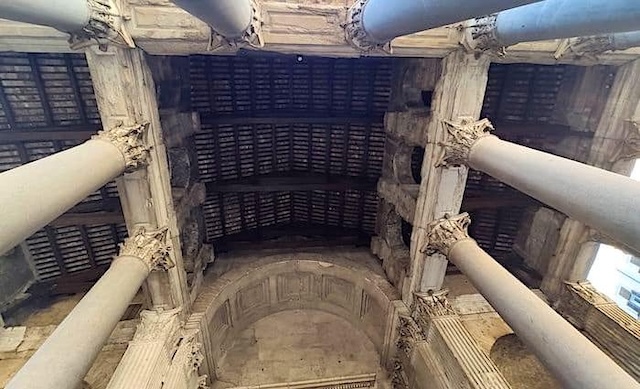
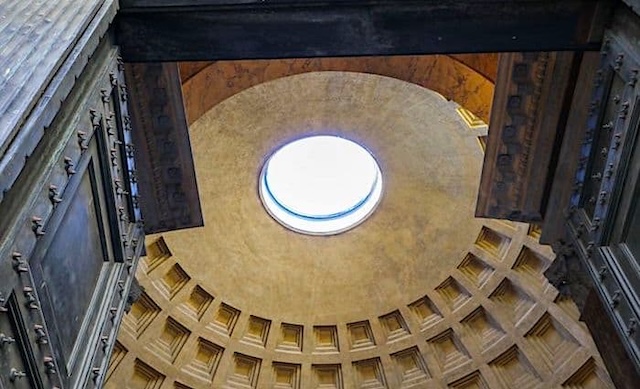

Fascinating Facts About the Pantheon
- A Temple for All Gods: The word “Pantheon” comes from the Greek words “pan” (all) and “theos” (god), signifying its original purpose as a temple for all Roman gods.
- A Renaissance Inspiration: The Pantheon’s dome inspired many Renaissance architects, including Filippo Brunelleschi, who studied it extensively before designing the dome of Florence’s Cathedral.
- A Pagan Temple Turned Christian Church: In 609 AD, the Pantheon was consecrated as a Christian church, known as the Basilica of St. Mary and the Martyrs. This transformation played a significant role in its preservation throughout the centuries.
- The Pantheon’s Portico: The 16 massive Corinthian columns at the entrance, each weighing approximately 60 tons, were brought from Egypt, showcasing the Roman Empire’s vast reach.
- The Grave of Greats: The Pantheon houses the tombs of several notable figures, including the famous painter Raphael and two kings of Italy, Vittorio Emanuele II and Umberto I.
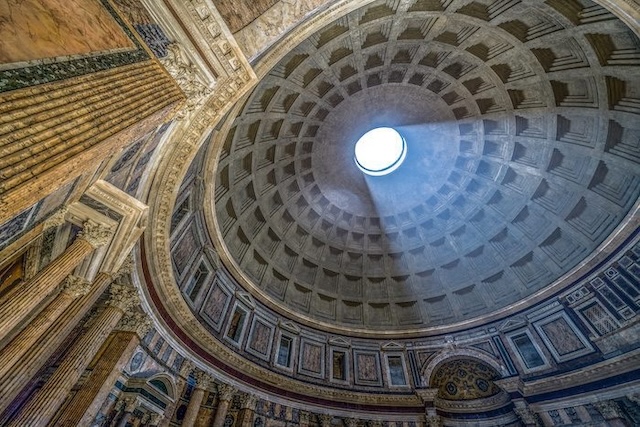
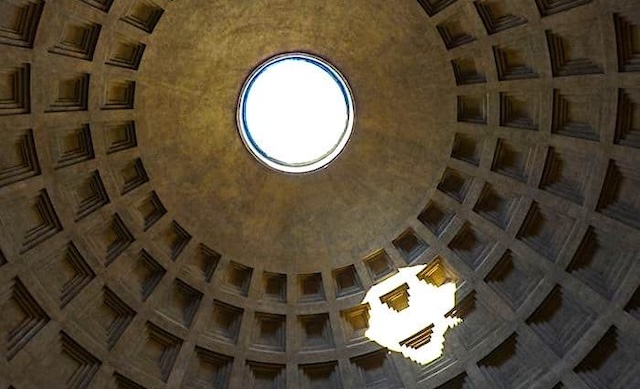
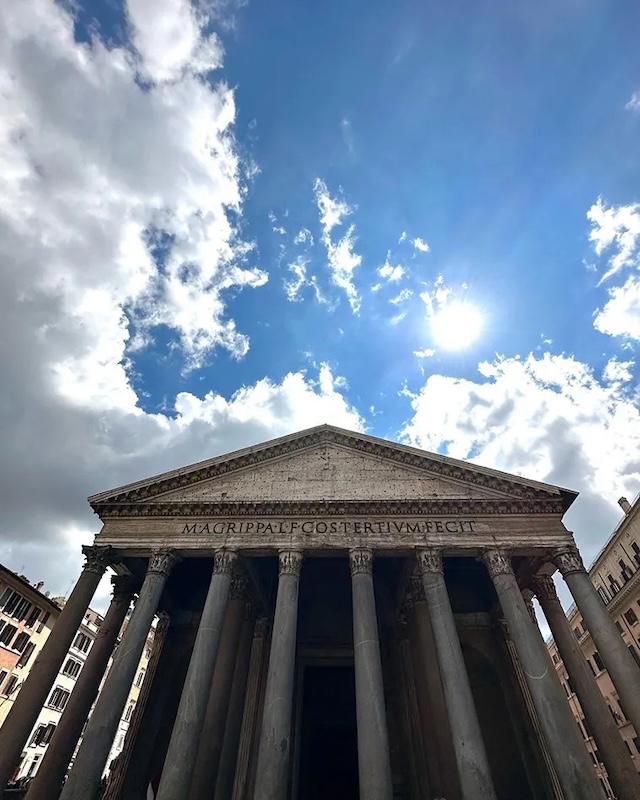
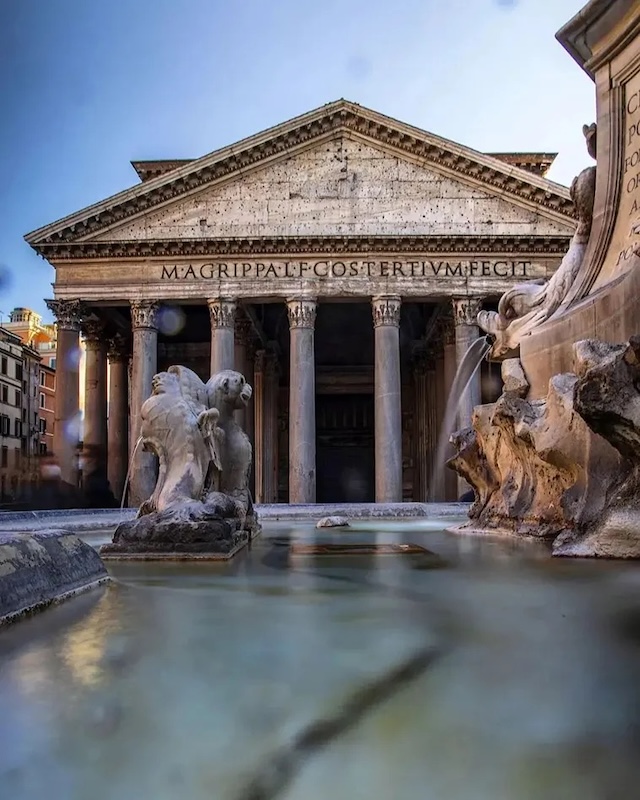
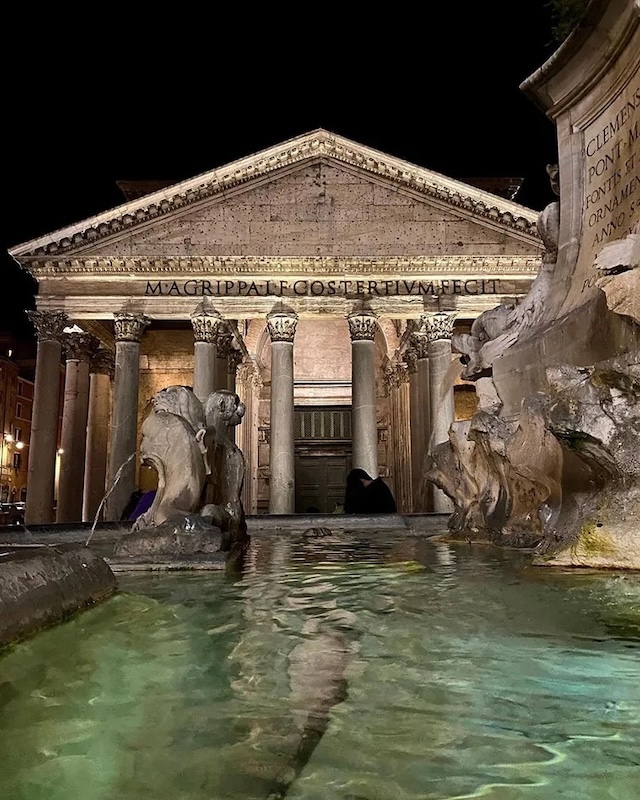
The Pantheon’s Influence on Architecture
The Pantheon has had a profound influence on Western architecture. Its design principles have been replicated in countless structures worldwide, from Renaissance churches to modern-day government buildings. The U.S. Capitol in Washington, D.C., for example, is one of many buildings inspired by the Pantheon’s iconic dome. The structure’s harmonious proportions, classical elements, and enduring materials have set a standard for architectural excellence that continues to inspire designers and architects.

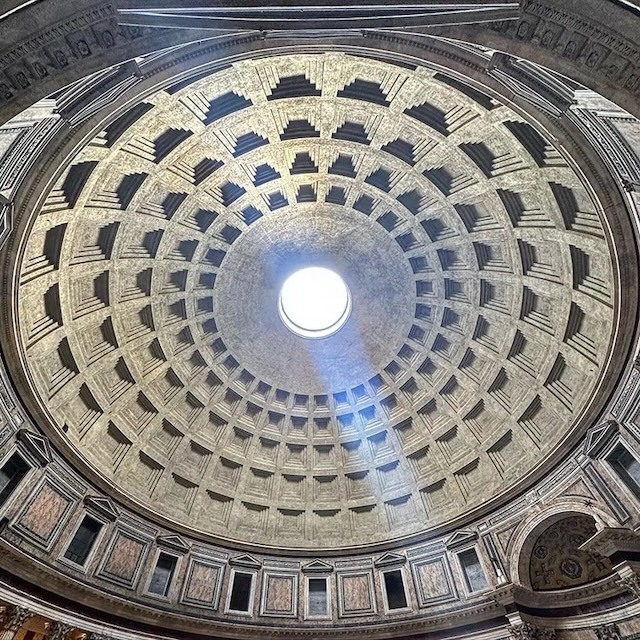
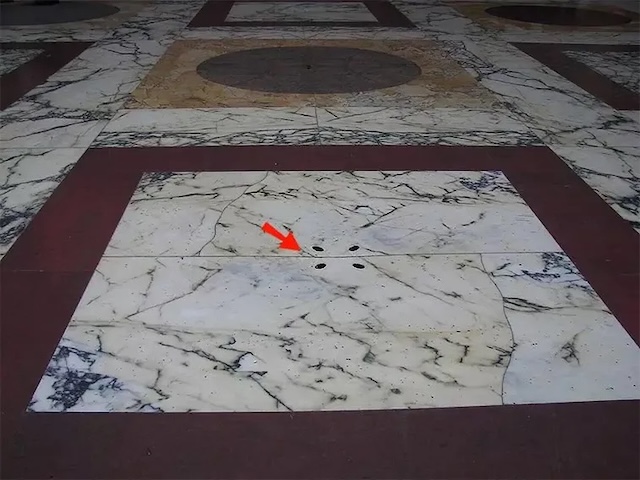

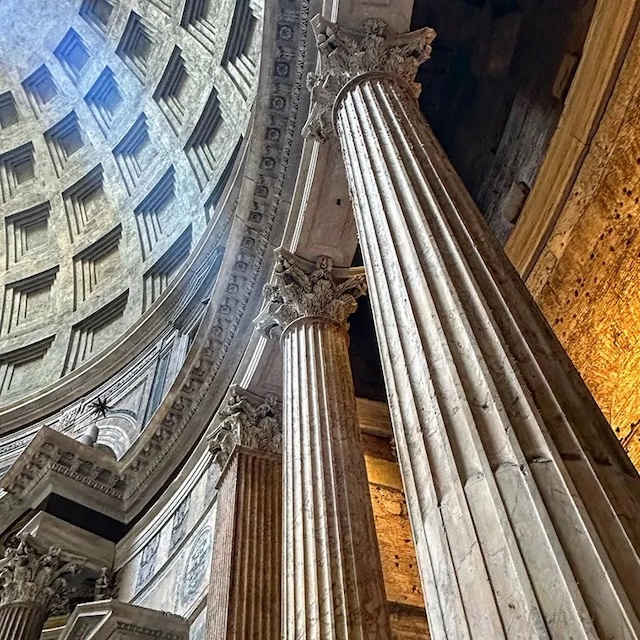

Visiting the Pantheon Today
Today, the Pantheon is one of Rome’s most visited landmarks, drawing millions of tourists from around the globe. Visitors can marvel at the building’s grand design, explore its historical significance, and experience the unique ambiance created by the light filtering through the oculus. The Pantheon remains a place of worship, with regular masses held inside, allowing visitors to connect with the building’s sacred history.
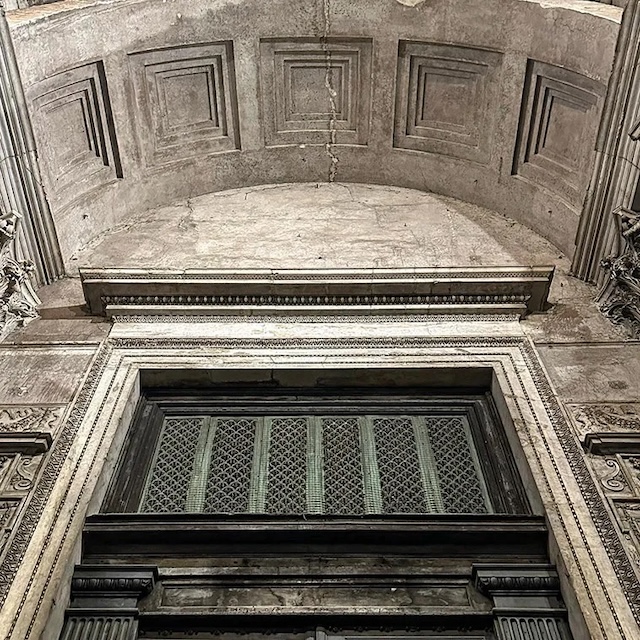
Practical Information:
- Location: Piazza della Rotonda, Rome, Italy
- Opening Hours: Generally open daily from 9:00 AM to 7:00 PM, but hours may vary depending on the season and religious services.
- Admission: Entry to the Pantheon is free, though guided tours are available for a fee.
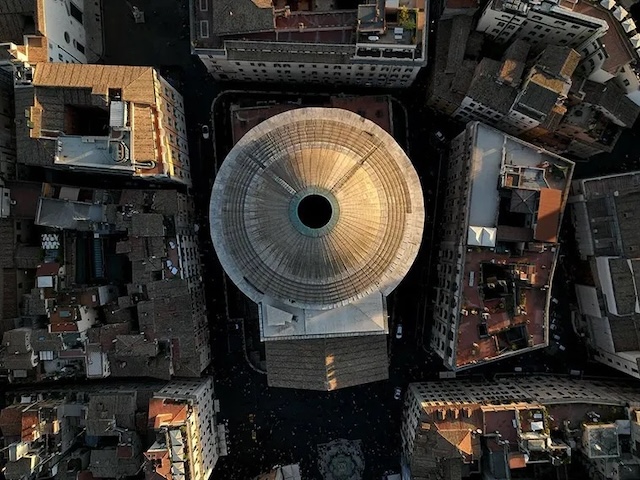
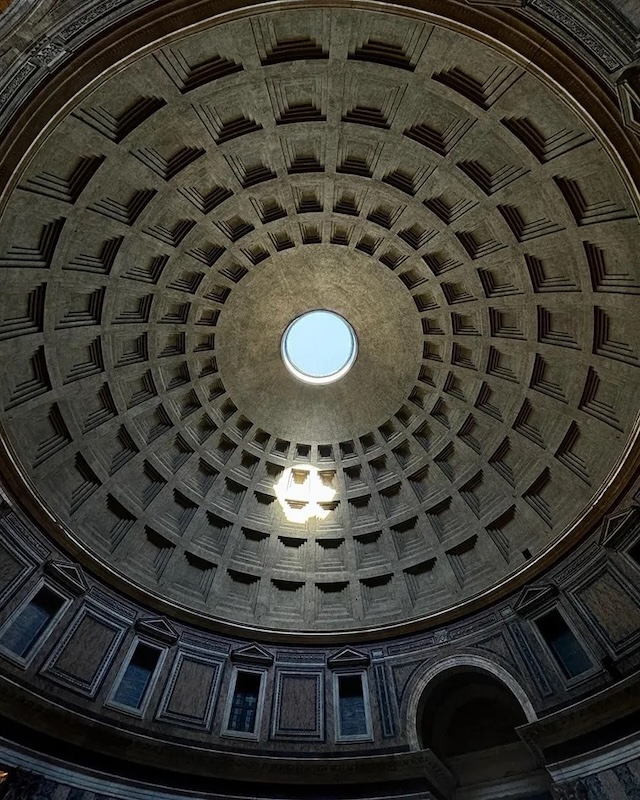
The Pantheon is more than just an ancient temple; it is a symbol of Roman ingenuity, a beacon of architectural innovation, and a lasting testament to the empire’s grandeur. Its influence on global architecture is undeniable, and its ability to inspire awe remains as strong today as it was nearly 2,000 years ago. Whether you are a history enthusiast, an architecture aficionado, or a curious traveler, the Pantheon offers a glimpse into the incredible achievements of ancient Rome—a legacy that continues to captivate and inspire.
